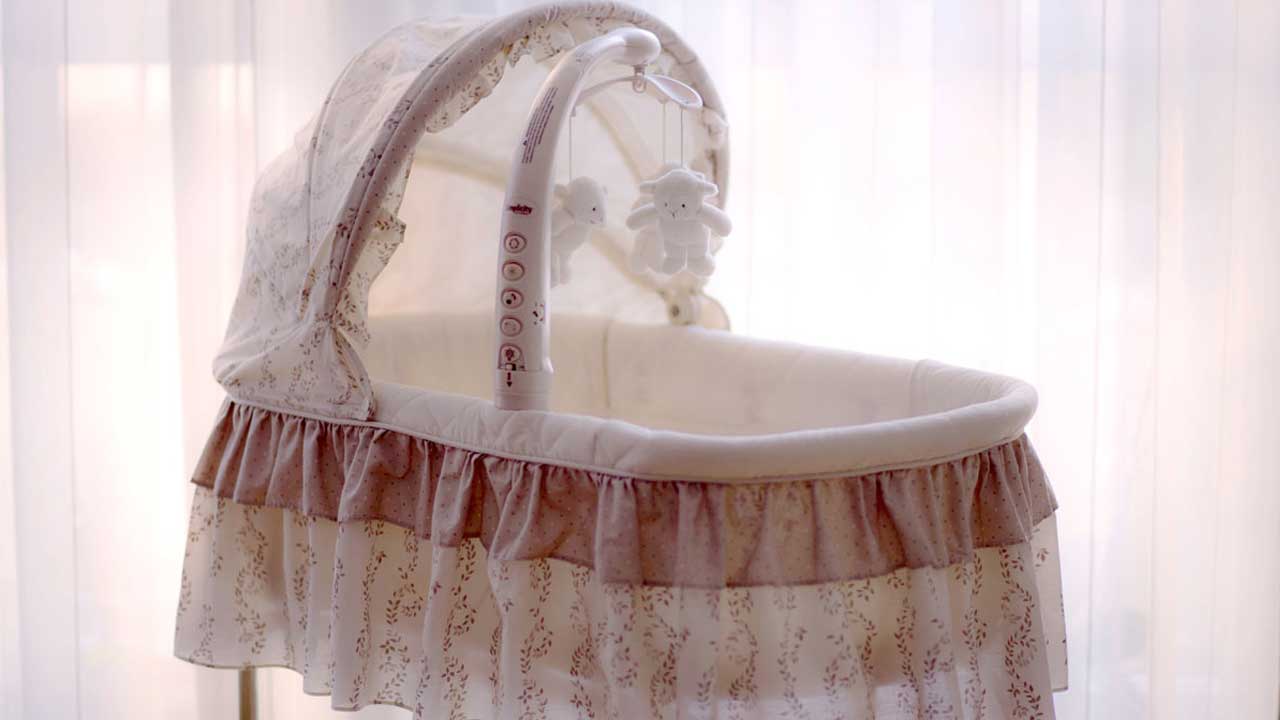Expanded Guidelines for Infant Sleep

The American Academy of Pediatrics (AAP) issued expanded guidelines for Infant Sleep Safety and SIDS Risk Reduction in October 2016. Most of the guidelines are familiar to parents, caregivers and certified sleep consultants, like myself, but there was one change that had me thinking… the new recommendation for babies to sleep in their parents’ rooms for a minimum of 6 months, with a recommendation for 1 year. The AAP reminds parents and caregivers that they should never co-sleep, or sleep on the same bed/surface as the parents, given the risk for suffocation, entrapment and asphyxia. Babies should have their own separate sleeping place; a crib or bassinet is best. Place nothing in the crib except a firm mattress covered in a fitted sheet; AAP discourages the use of bumpers, soft animals, blankets, etc.
Having Babies Sleep Separately in the Parent’s Bedroom
One of the major benefits of doing this relates to breastfeeding. The simple fact is that if the baby is close by it is easier for mom to breastfeed her infant. Studies show that infants who are breastfed have a reduced risk for SIDS. The AAP now says that breastfeeding babies have different feeding patterns, sleeping patterns and sleep states, which may explain the reduced risk. Another bonus for room sharing is that if the baby stirs, parents can be quick to respond and soothe the child.
Downfalls of Room Sharing
Babies make a lot of noises in their sleep. They coo, they cry out, even if they are still asleep. This can keep parents awake, and they may inadvertently wake the baby. This can lead to a terrible cycle of no one getting any sleep. Sometimes schedules can also get in the way of getting a good night’s sleep. Babies need more sleep than adults, and tip toeing past a sleeping babe can be tricky at night. Also, the temptation to bring the baby into the parents’ bed might be greater. This is not advised by the APP because of the safety risk of the pillows and blankets and soft mattresses.
Infant Sleep Recommendations
Most of the other recommendations by the APP have been in place for a long time. Always put babies to sleep on their backs, on a firm, separate sleep surface. Infants can be swaddled until they start to roll over and then the swaddle must be removed. There are many kinds of sleep sacks that are available to keep babies warm at night, once they transition out of the swaddle. As for their own surface, there are plenty of bassinets, cribs, and bedside sleepers readily available. Babies should not be left to sleep in swings, bouncy chairs or car seats, as all of these can lead to positional asphyxia. If you choose to disregard the AAP’s advice regarding a shared sleeping space, please be aware that co-sleeping with anyone who smokes or drinks adds additional risk to the child.
Should parents or caregivers have any questions about these new AAP recommendations there are many outlets to find answers. Opening up this conversation with your pediatrician is an important step to take, as it could lead to less risk of injury or even SIDS. If new parents feel overwhelmed, other good resources and helpful sources of information are postpartum doulas, or certified sleep consultants. A sleep consultant can personalize a plan for you to help get the best sleep for everyone in your family. Some will even come to your house and make recommendations about your sleeping arrangements, with creative suggestions to keep everyone safe and well rested.
If you would like to read the AAP’s new guidelines for infant sleep, they can be found here: healthychildren.org
 | About the Author: Cari Bak is a certified sleep consultant. As a mom to 3 very busy daughters, Cari figured out that sleep was crucial to running the household. Knowing how much better life can be when well rested, sleep became a fascination. With 250+ hours of course work and certification through Family Sleep Institute, Cari opened her own business, Wee Go To Sleep – to share her knowledge with families of young children. Sleep is not a one size fits all. Every child is different and some need more sleep than others. Cari works through sleep issues with parents to find the best sleep method for you and your little one. Find out more at WeeGoToSleep.com |




